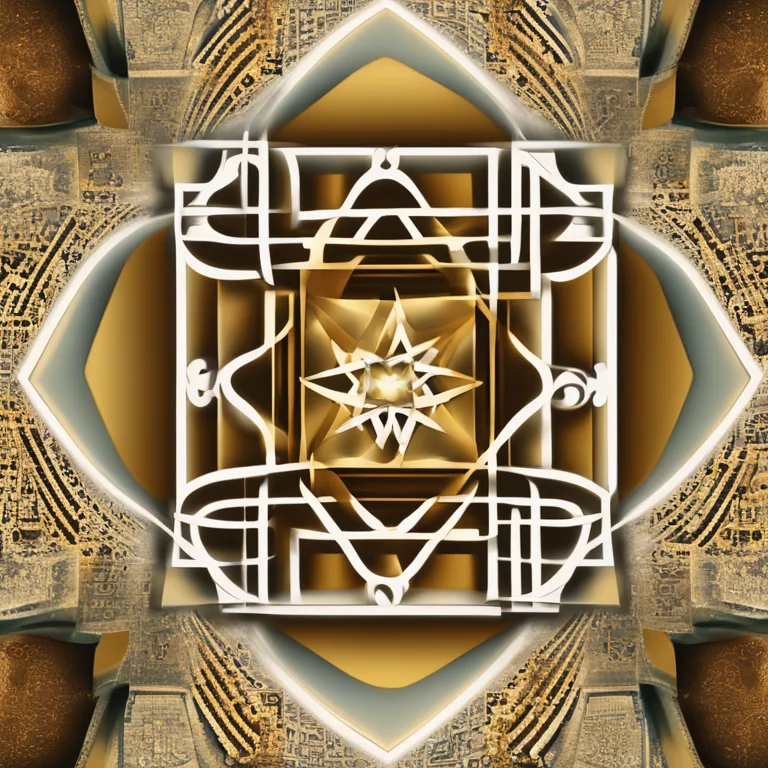
Jewish Meditation: Ancient Practices Today
Explore the profound world of Jewish meditation techniques and their application for modern spiritual growth.
article by Hina Kurosawa
Jewish meditation offers a spiritual path steeped in ancient wisdom. Contrary to popular belief, meditation has been integral to Jewish practice for centuries. This article delves into the various techniques rooted in Kabbalistic and Rabbinic traditions that aid practitioners in seeking closeness to the Divine, enhancing self-awareness, and fostering inner peace. From the stillness of hitbodedut to the fervor of kavanot, we will take a journey through the meditative practices that have quietly shaped Jewish spirituality.

Hitbodedut is a form of meditation introduced by Rabbi Nachman of Breslov that emphasizes spontaneous, unstructured dialogue with God. Practitioners are encouraged to pour their hearts out as if talking to a close friend, fostering a direct and personal relationship with the Divine. This technique can be performed anywhere, although Rabbi Nachman suggested that doing it in the solitude of nature can enhance the experience. It is a practice that emphasizes emotional honesty and personal expression.

Kavanot refers to the focused intentions one holds while performing Jewish rituals or prayers. Stemming from Kabbalistic teachings, kavanot guide practitioners to meditate on the divine aspects and the inner dimensions of the words and actions they are engaged in. Through this deep concentration, individuals can align their soul with cosmic truths, elevating the spiritual potency of their religious acts. It’s about infusing mundane practices with mystical significance.

Hitbonenut is a Chabad Chassidic approach to meditation involving deep thought and contemplation on the nature of God, the universe, and the soul. The meditator reflects on complex Kabbalistic concepts, employing the intellect to grasp the divine and inspire emotions of awe and love. Unlike other forms of meditation that focus on emptying one’s mind, hitbonenut fills it with profound spiritual concepts to transform one's consciousness.

Among the mystical techniques is the meditation on "Elijah's Chair," a concept derived from the chair set aside for the prophet Elijah during certain Jewish rituals. Meditating on this symbol represents an openness to divine inspiration and prophetic insight. While not a common practice, it serves as a reminder of the potential for transcendental experience and the belief that elevated spiritual states remain accessible.
The "Shema Yisrael" prayer, central to Jewish devotion, is itself a meditative exercise when recited with profound focus and concentration. The recitation of the Shema serves as a moment to connect deeply with the oneness of God. With each repetition, the practitioner can sink deeper into contemplation, often accompanied by visualizations or breathing techniques that enhance the meditative quality of the prayer.
Today, these Jewish meditation techniques are being adapted for contemporary spiritual seekers. They can be woven into daily routines or set aside for special moments of reflection. Whether one is seeking stress relief or a deeper spiritual connection, the rich tapestry of Jewish meditation offers diverse paths suitable for those of varying levels of religious observance and from all walks of life.
Published: 12/20/2023
Modified: 12/20/2023
More predictions
Come back here soon to learn more about yourself and your future


Innovative Meditation Techniques
Discover modern meditation practices that harmonize mind, body, and spirit in our fast-paced world.


Meditation Methods to Reduce Blood Pressure
Discover effective meditation techniques that can aid in managing and reducing high blood pressure for better overall health.


Mastery in Koan Meditation
Delve into koan meditation techniques to deepen your spiritual practice and enhance mindfulness.